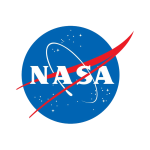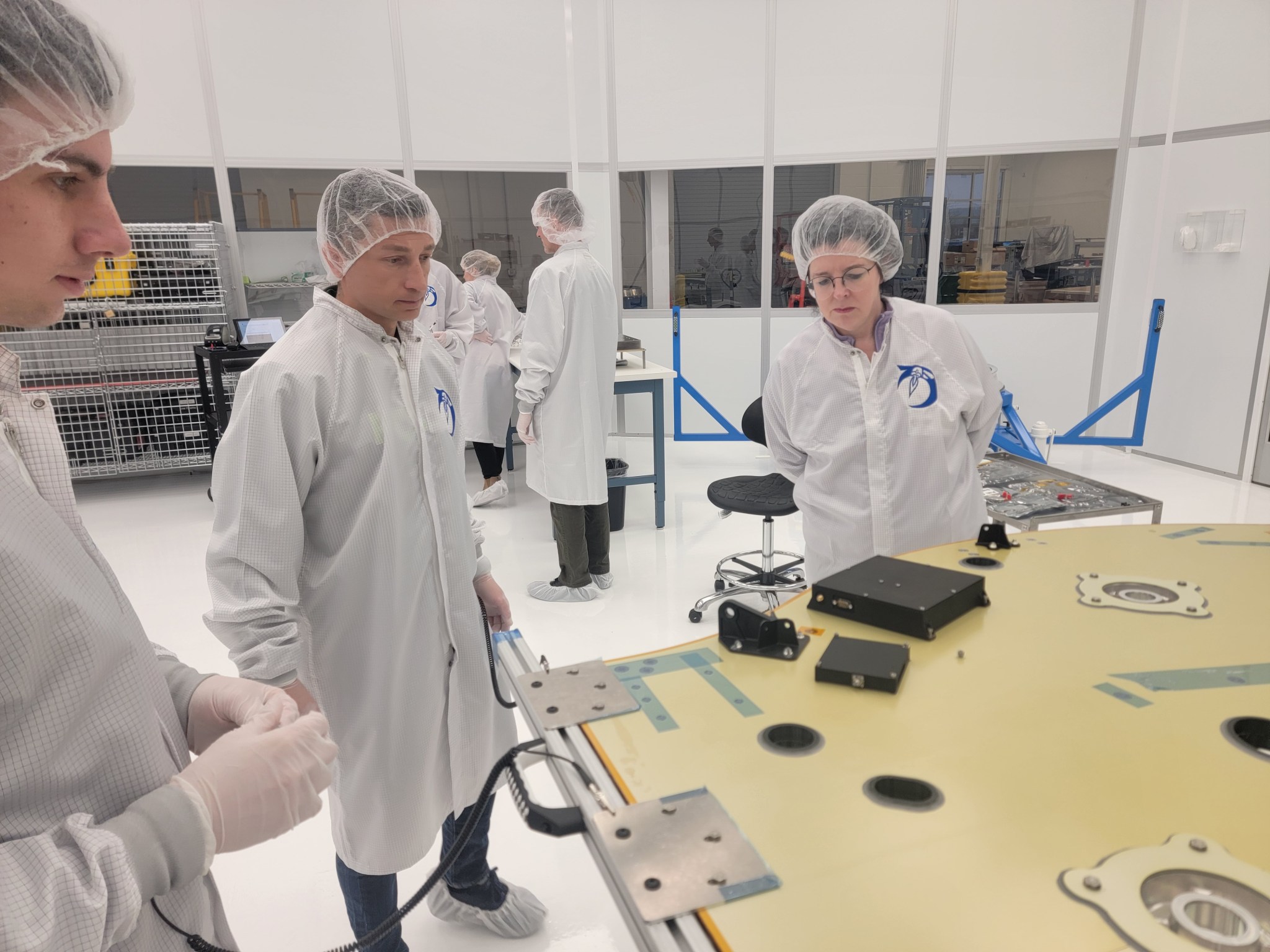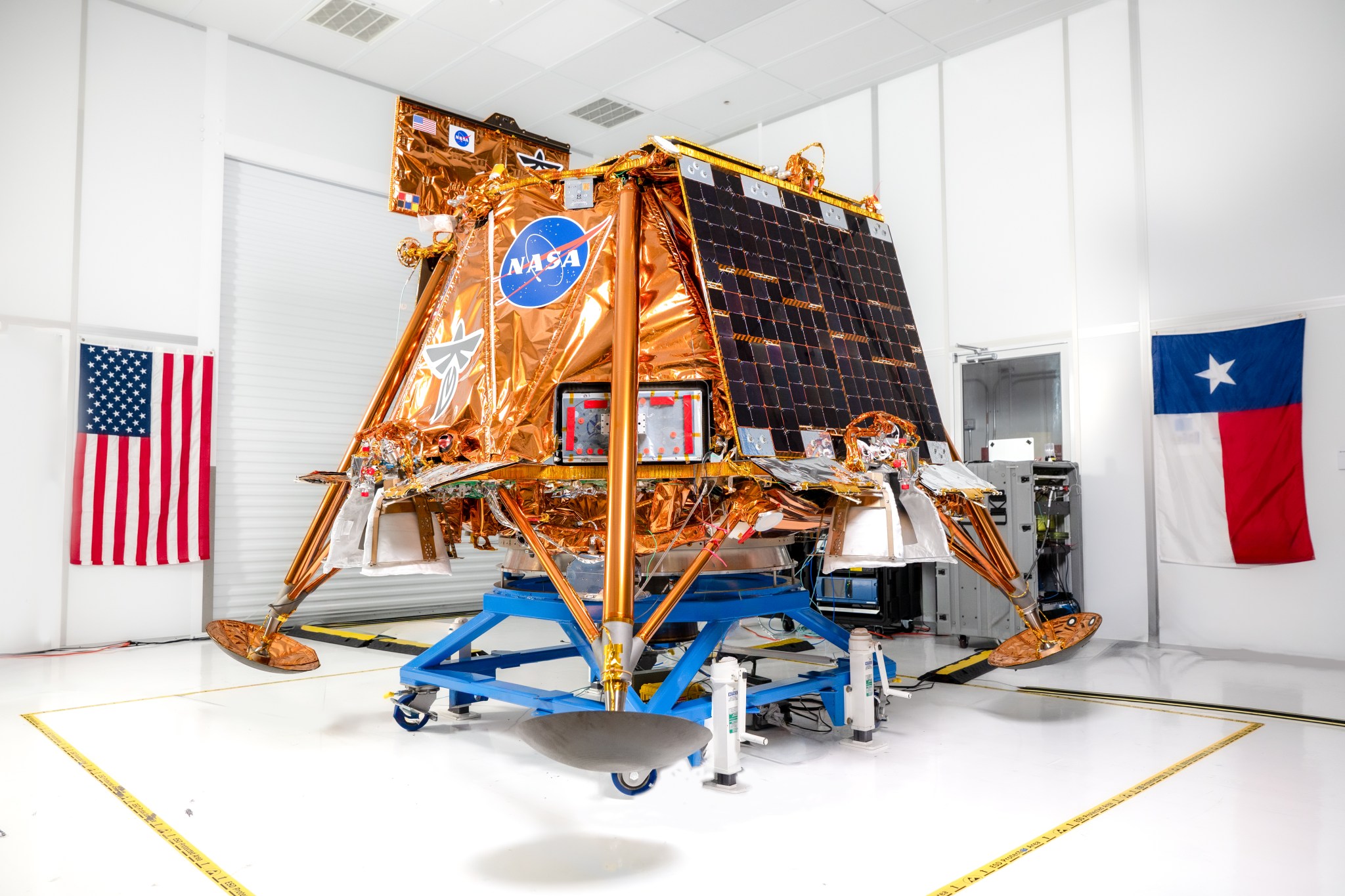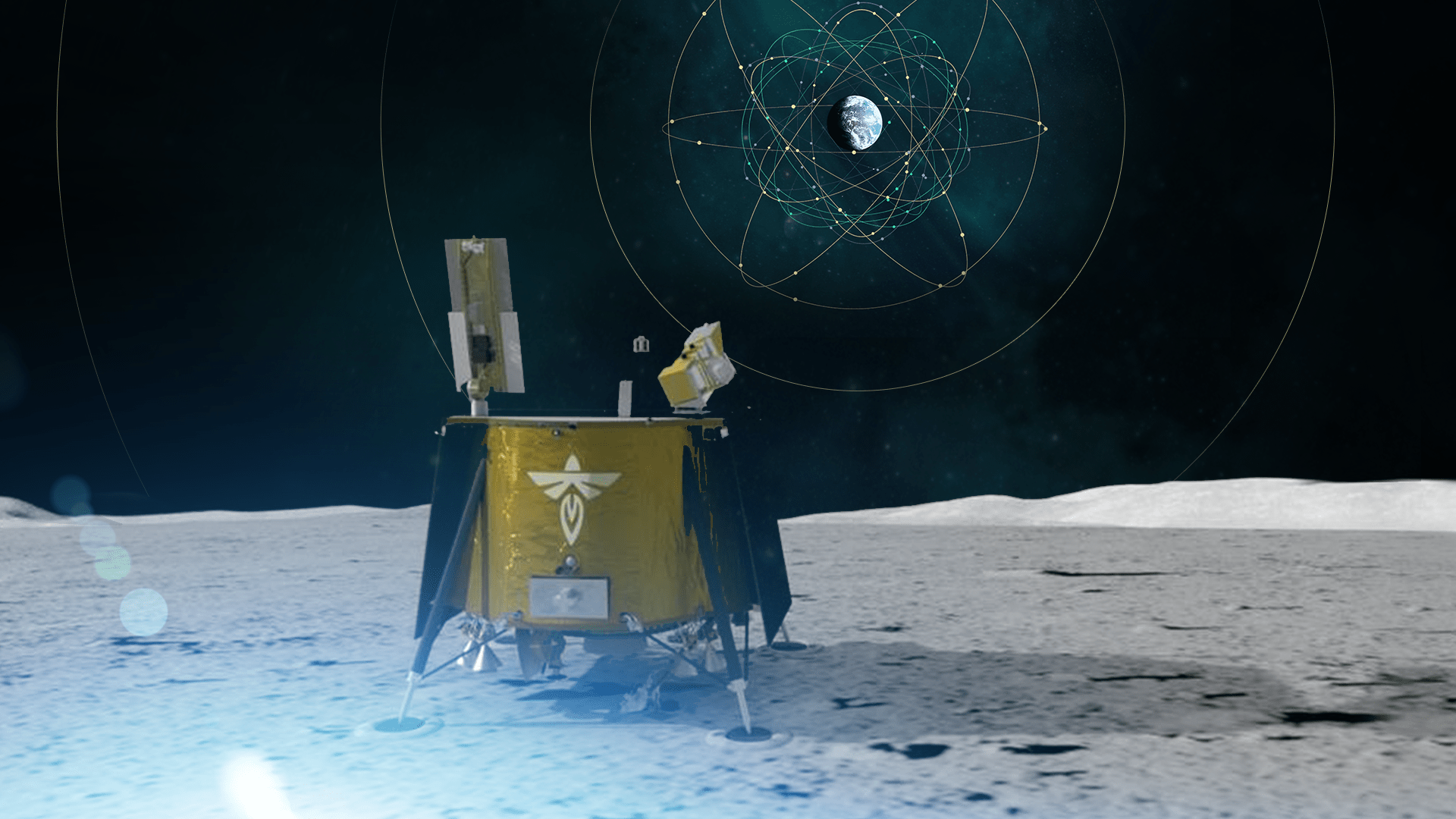NASA and Italian Space Agency Test Future Lunar Navigation Technology
As NASA celebrates 55 years since the historic Apollo 11 crewed lunar landing, the agency also is preparing new navigation and positioning technology for the Artemis campaign, the agency’s modern lunar exploration program. A technology demonstration helping pave the way for these developments is the Lunar GNSS Receiver Experiment (LuGRE) payload, a joint effort between […]
NASA and Italian Space Agency Test Future Lunar Navigation Technology
As NASA celebrates 55 years since the historic Apollo 11 crewed lunar landing, the agency also is preparing new navigation and positioning technology for the Artemis campaign, the agency’s modern lunar exploration program.
A technology demonstration helping pave the way for these developments is the Lunar GNSS Receiver Experiment (LuGRE) payload, a joint effort between NASA and the Italian Space Agency to demonstrate the viability of using existing GNSS (Global Navigation Satellite System) signals for positioning, navigation, and timing on the Moon.
During its voyage on an upcoming delivery to the Moon as part of NASA’s CLPS (Commercial Lunar Payload Services) initiative, LuGRE would demonstrate acquiring and tracking signals from both the U.S. GPS and European Union Galileo GNSS constellations during transit to the Moon, during lunar orbit, and finally for up to two weeks on the lunar surface itself.
The LuGRE payload is one of the first demonstrations of GNSS signal reception and navigation on and around the lunar surface, an important milestone for how lunar missions will access navigation and positioning technology. If successful, LuGRE would demonstrate that spacecraft can use signals from existing GNSS satellites at lunar distances, reducing their reliance on ground-based stations on the Earth for lunar navigation.
Today, GNSS constellations support essential services like navigation, banking, power grid synchronization, cellular networks, and telecommunications. Near-Earth space missions use these signals in flight to determine critical operational information like location, velocity, and time.
NASA and the Italian Space Agency want to expand the boundaries of GNSS use cases. In 2019, the Magnetospheric Multiscale (MMS) mission broke the world record for farthest GPS signal acquisition 116,300 miles from the Earth’s surface — nearly half of the 238,900 miles between Earth and the Moon. Now, LuGRE could double that distance.
“GPS makes our lives safer and more viable here on Earth,” said Kevin Coggins, NASA deputy associate administrator and SCaN (Space Communications and Navigation) Program manager at NASA Headquarters in Washington. “As we seek to extend humanity beyond our home planet, LuGRE should confirm that this extraordinary technology can do the same for us on the Moon.”
Reliable space communication and navigation systems play a vital role in all NASA missions, providing crucial connections from space to Earth for crewed and uncrewed missions alike. Using a blend of government and commercial assets, NASA’s Near Space and Deep Space Networks support science, technology demonstrations, and human spaceflight missions across the solar system.
“This mission is more than a technological milestone,” said Joel Parker, policy lead for positioning, navigation, and timing at NASA’s Goddard Space Flight Center in Greenbelt, Maryland. “We want to enable more and better missions to the Moon for the benefit of everyone, and we want to do it together with our international partners.”
This mission is more than a technological milestone. We want to enable more and better missions to the Moon for the benefit of everyone…

JOEL PARKER
PNT Policy Lead at NASA's Goddard Space Flight Center
The data-gathering LuGRE payload combines NASA-led systems engineering and mission management with receiver software and hardware developed by the Italian Space Agency and their industry partner Qascom — the first Italian-built hardware to operate on the lunar surface.
Any data LuGRE collects is intended to open the door for use of GNSS to all lunar missions, not just those by NASA or the Italian Space Agency. Approximately six months after LuGRE completes its operations, the agencies will release its mission data to broaden public and commercial access to lunar GNSS research.
“A project like LuGRE isn’t about NASA alone,” said NASA Goddard navigation and mission design engineer Lauren Konitzer. “It’s something we’re doing for the benefit of humanity. We’re working to prove that lunar GNSS can work, and we’re sharing our discoveries with the world.”
The LuGRE payload is one of 10 NASA-funded science experiments launching to the lunar surface on this delivery through NASA’s CLPS initiative. Through CLPS, NASA works with American companies to provide delivery and quantity contracts for commercial deliveries to further lunar exploration and the development of a sustainable lunar economy. As of 2024, the agency has 14 private partners on contract for current and future CLPS missions.
Demonstrations like LuGRE could lay the groundwork for GNSS-based navigation systems on the lunar surface. Bridging these existing systems with emerging lunar-specific navigation solutions has the potential to define how all spacecraft navigate lunar terrain in the Artemis era.
The payload is a collaborative effort between NASA’s Goddard Space Flight Center and the Italian Space Agency. Funding and oversight for the LuGRE payload comes from the agency’s SCaN Program office. It was chosen by NASA as one of 10 funded research and technology demonstrations for delivery to the lunar surface by Firefly Aerospace Inc, a flight under the agency’s CLPS initiative.
Share
Details
Related Terms
What's Your Reaction?












































